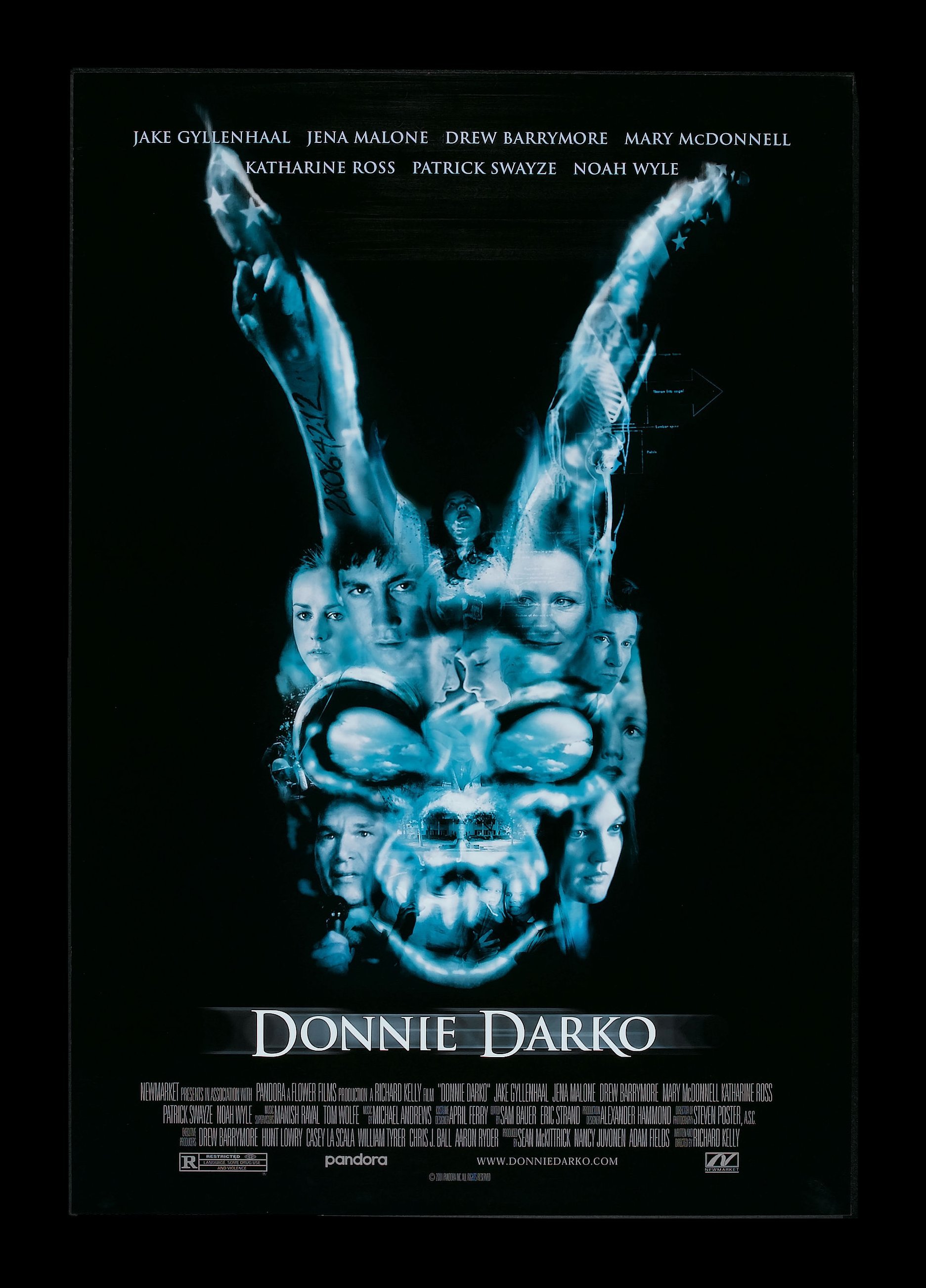After we finished filming all of the shot we need we when back to the computer and looked at all the footage we had and decided that we need to reshot 2 scene. after we did that we sat down and started editing. Is I have edited before I feel that it would be better if my team mates learn how to use the Premiere Pro. So Amy started editing. We started by piecing the shot together, focusing on getting the shot in the right older not on the time length. After getting the shot done we when about getting the right feeling to the piece cut some of the shot down in time and adding to some others. At this point we also add the title at the start and the credits at the end. we watch the sequence back and found that it would look better and that we did not need to see the weapon getting smack over the woman head. So we cut that part out but left the diegetic audio in, so the audience could hear what happened but did not see it. we also cut little bit out of the find scene to give the feel of life leaving the woman and we used fade out to black to show this. Finial We need to music to go over it all after a little consideration we decide not to uses a song the lyric but a soundtrack, we chose one of the soundtracks to Harry Potter and the Goblet of Fire, ” Voldmort”. However to be able to hear the non-diegetic sound over the diegetic we had to fade down the Background music at certain point in the film.
Here is our finished film:









